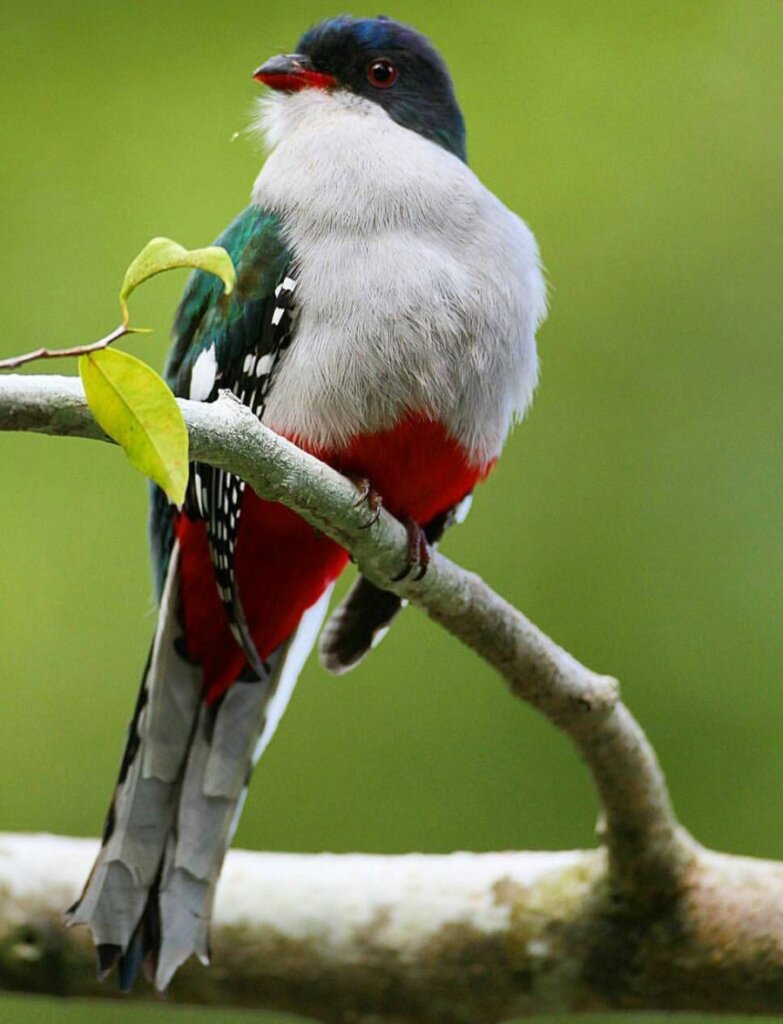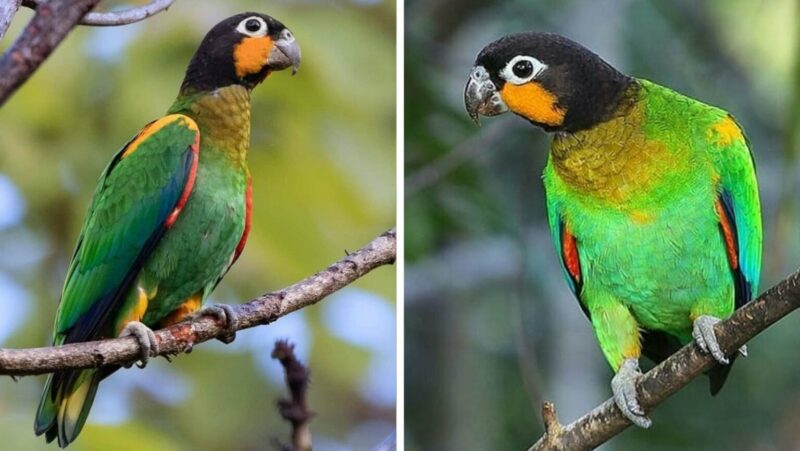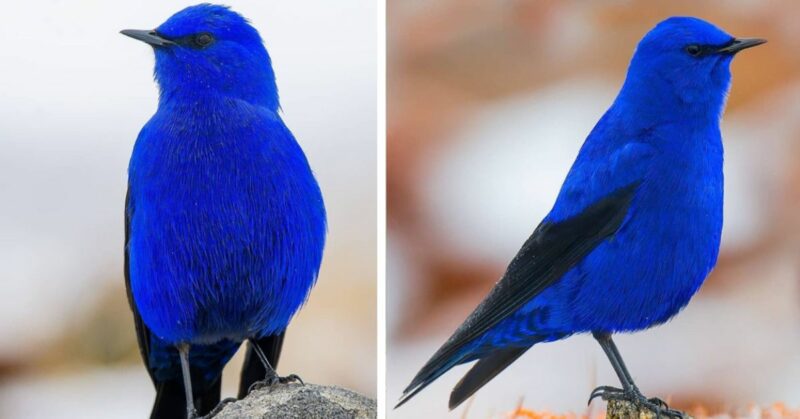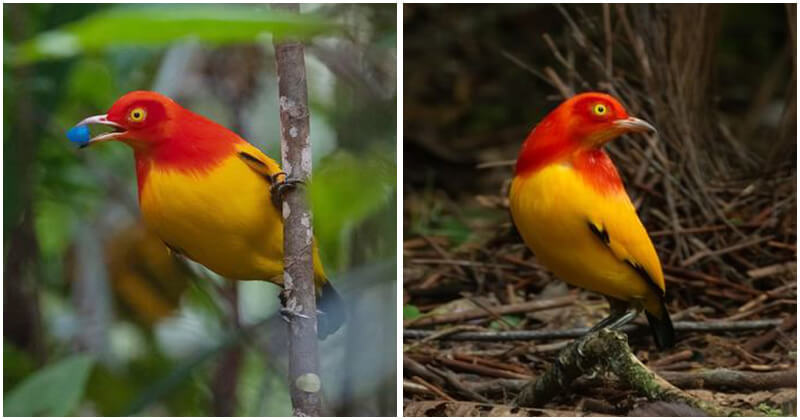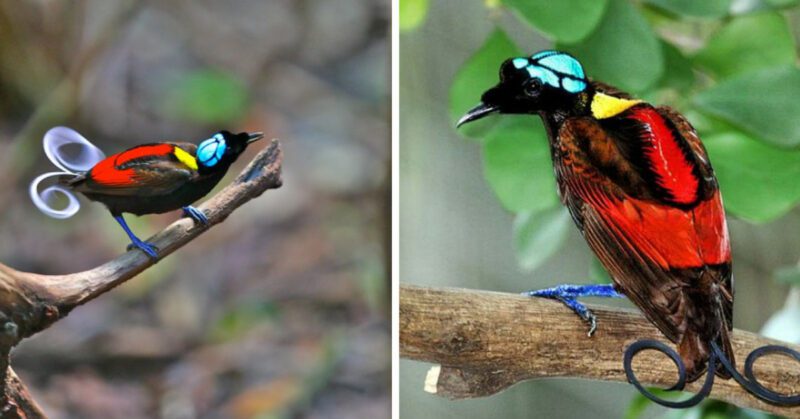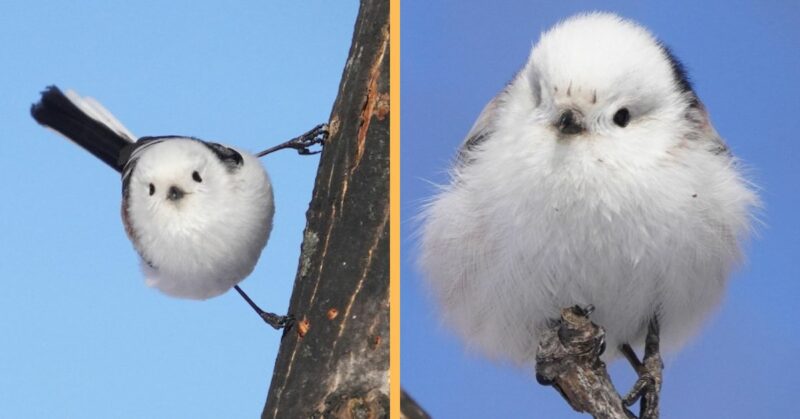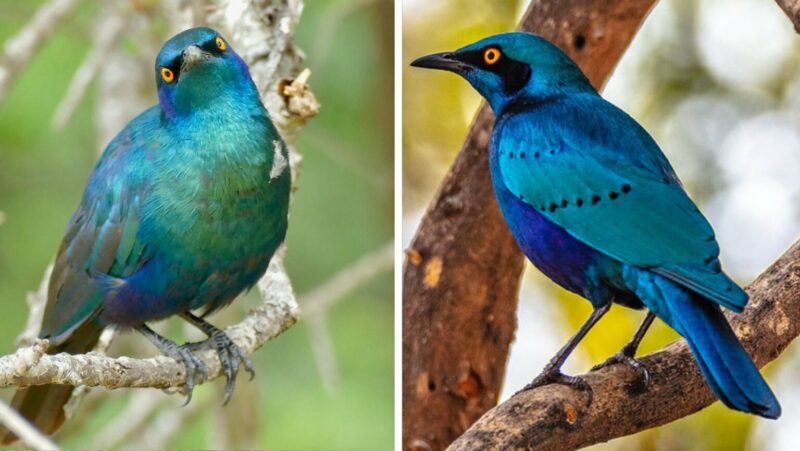A colorful bird to say the least, with colorful bronze and green colors that are perfectly complemented by its red pants and long sharp tail.
Meet the Cuban Trogon.
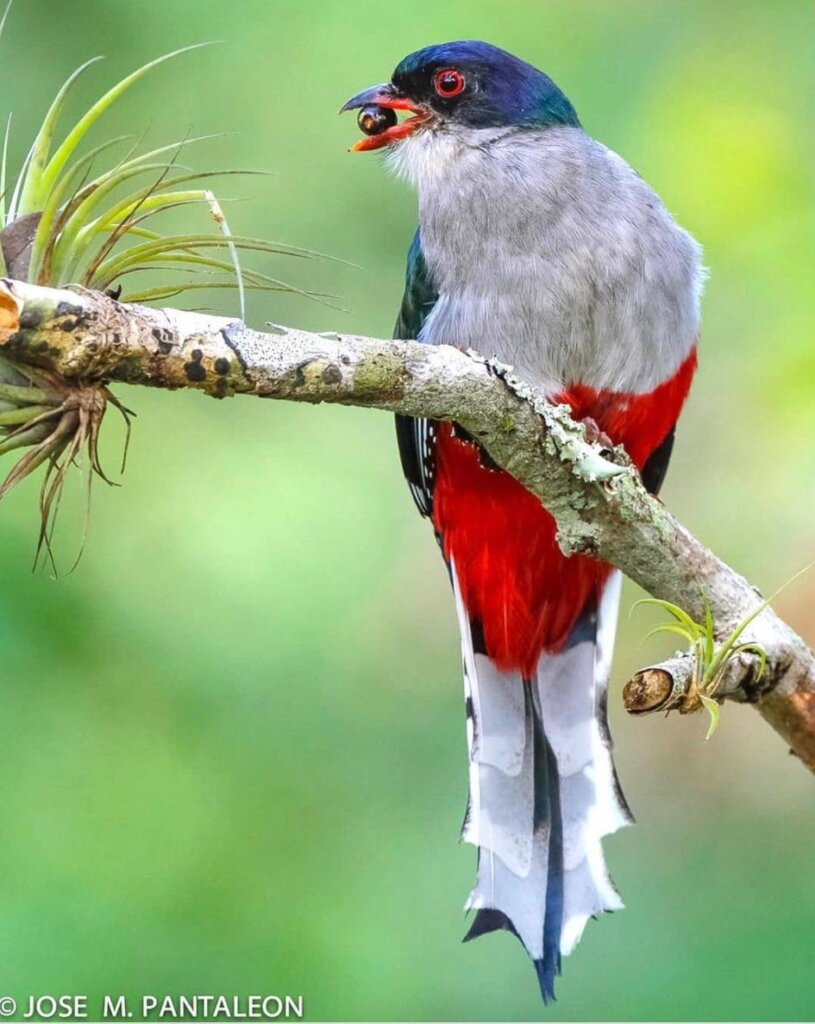
The Cuban trogon or tocororo (Priotelus temnurus) is a species of bird in the Trogonidae family. There is a reason Cuba chose this bird as their national bird, after all its colors are very similar to the Cuban flag. With a green back, blue crown, red belly, and beak, as well as a white throat and chest, the similarities to the country’s flag are obvious.
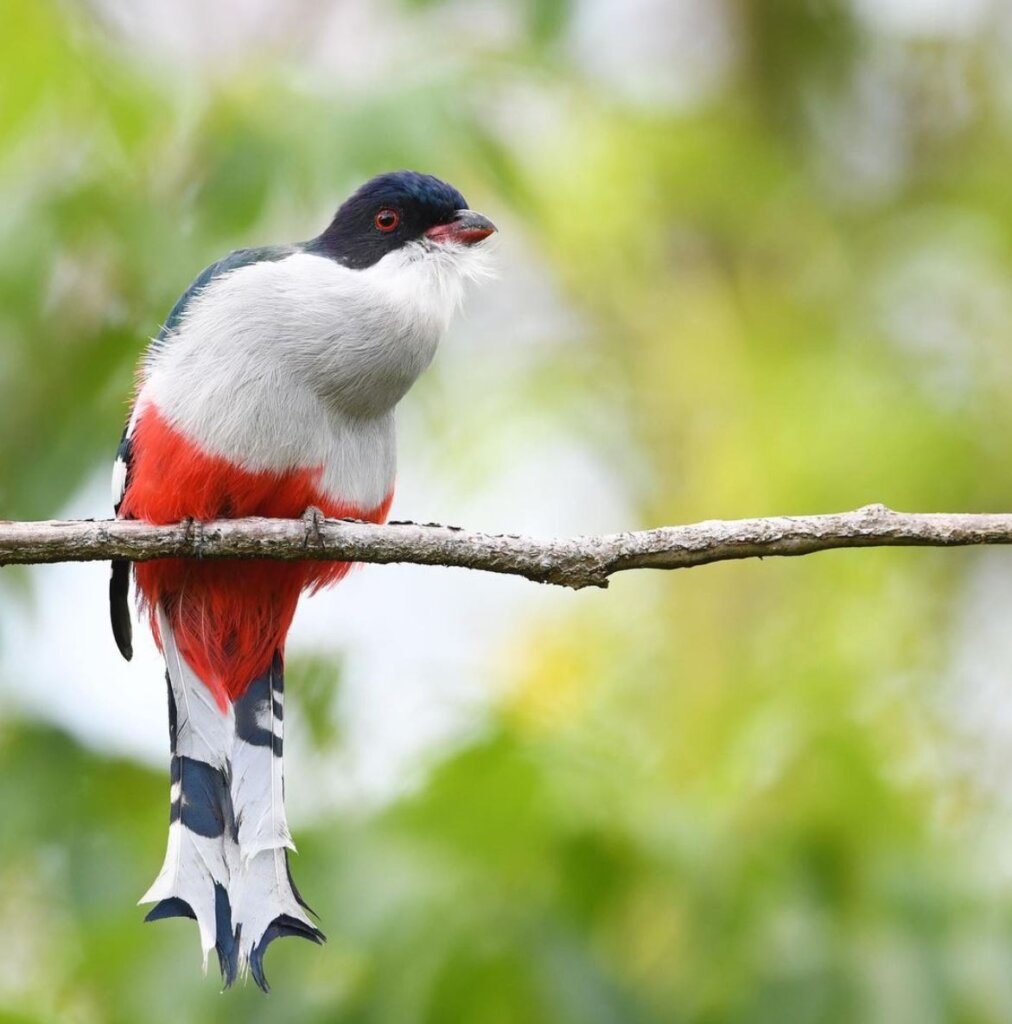
This color range is complemented by a long fluffy tail, making it the most unique trogon in the world. The female of this species is slightly smaller than the male with a pale red belly. Surprisingly, being the national bird of Cuba, this bird is also native to Cuba and only found in that country.
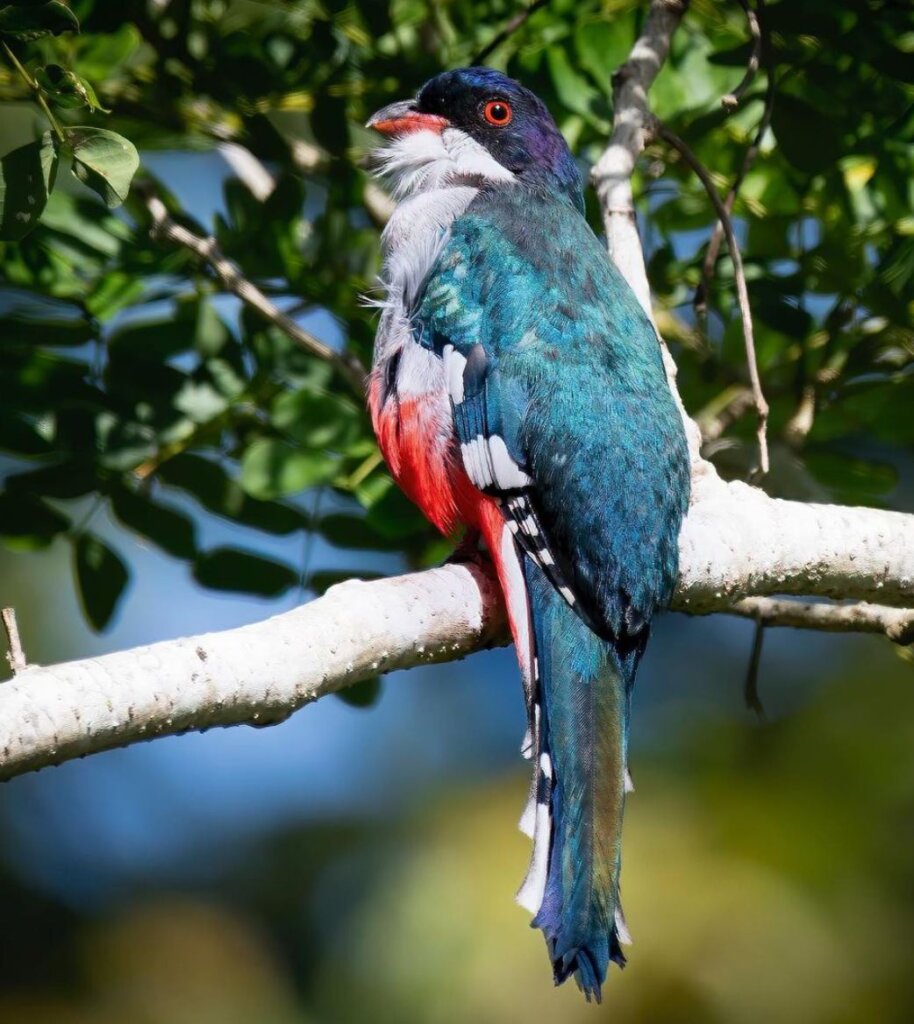
Cuban trogons prefer to live in tropical forests with evergreen and deciduous trees. They will also tolerate pine and secondary forests.
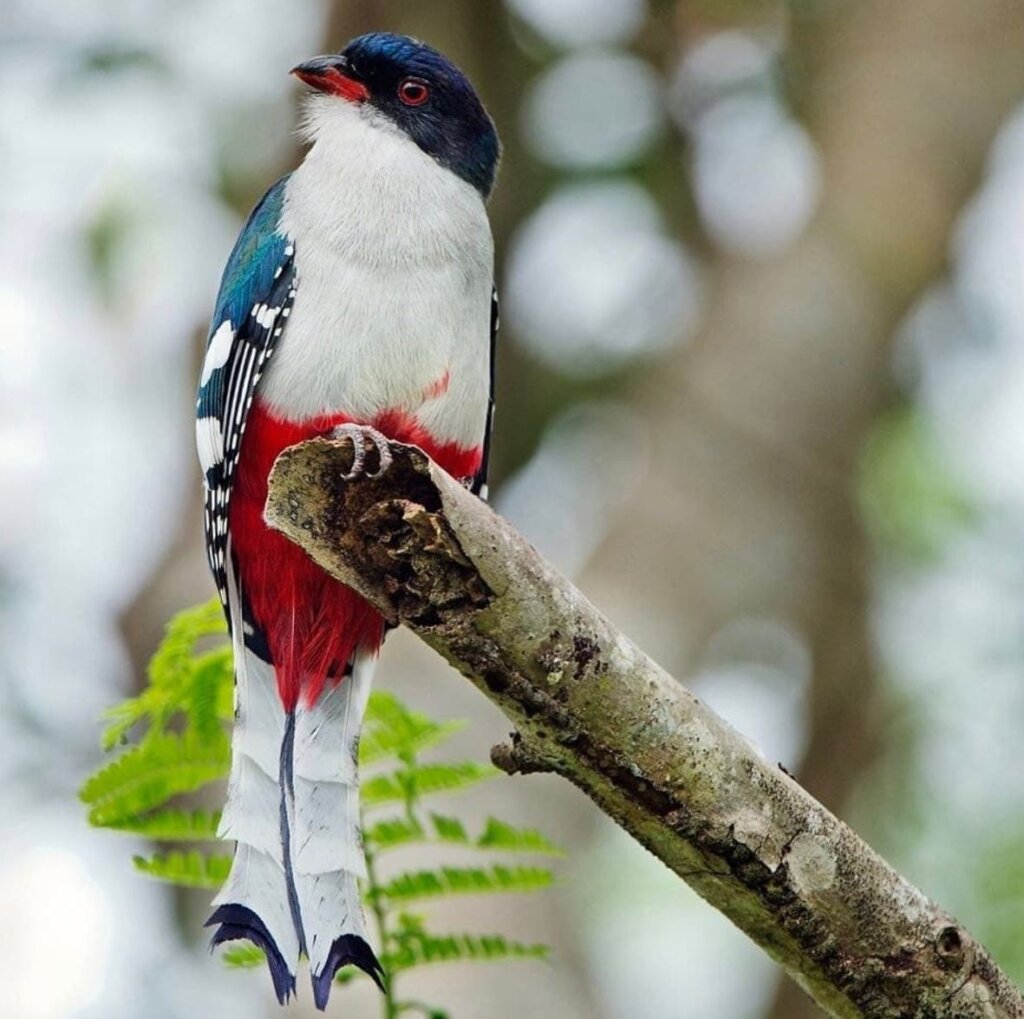
This species is capable of hovering and feeding on flowers with a split tongue at the top. It will also feed on fruits and some types of insects.
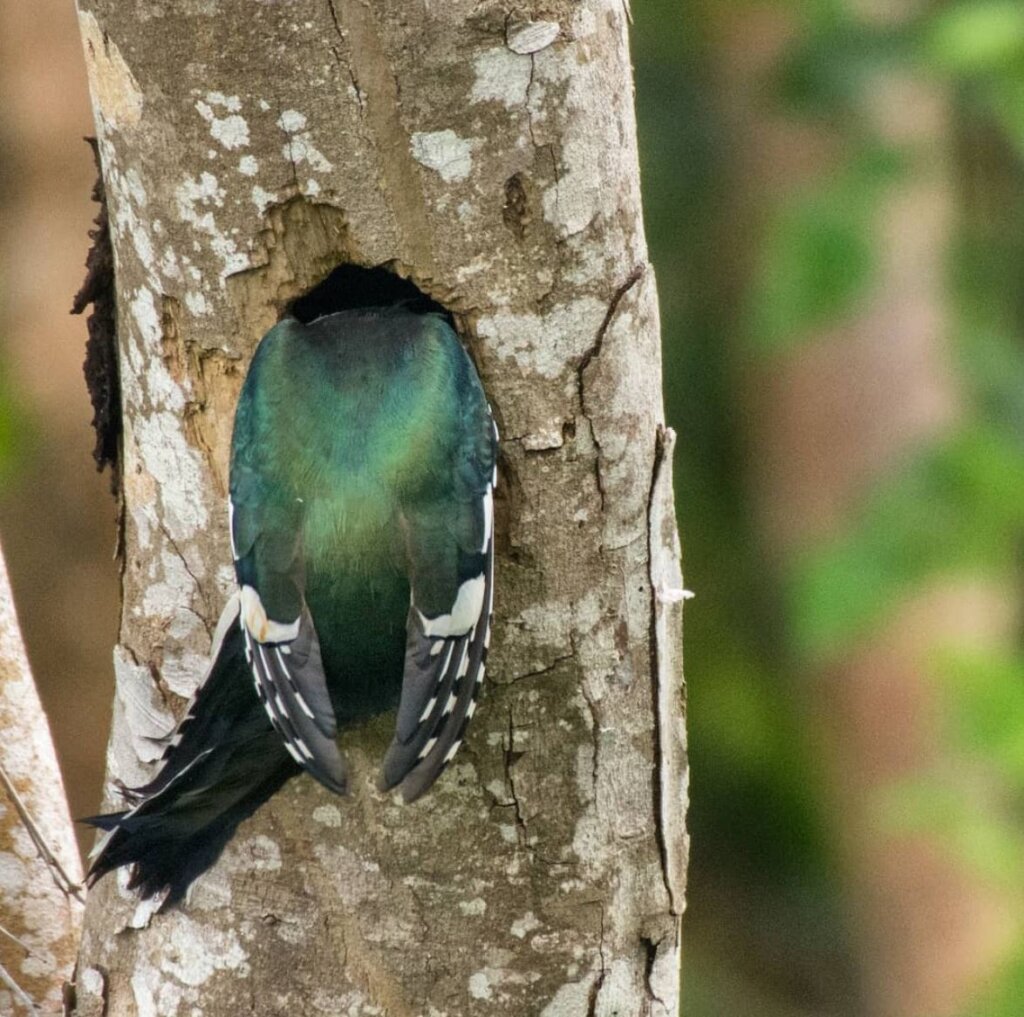
Cuban trogons breed from May to August, usually nesting in natural cavities or leaving holes in wood chips. Up to three eggs are laid inside, however, unfortunately, little is known about the rearing of the young.
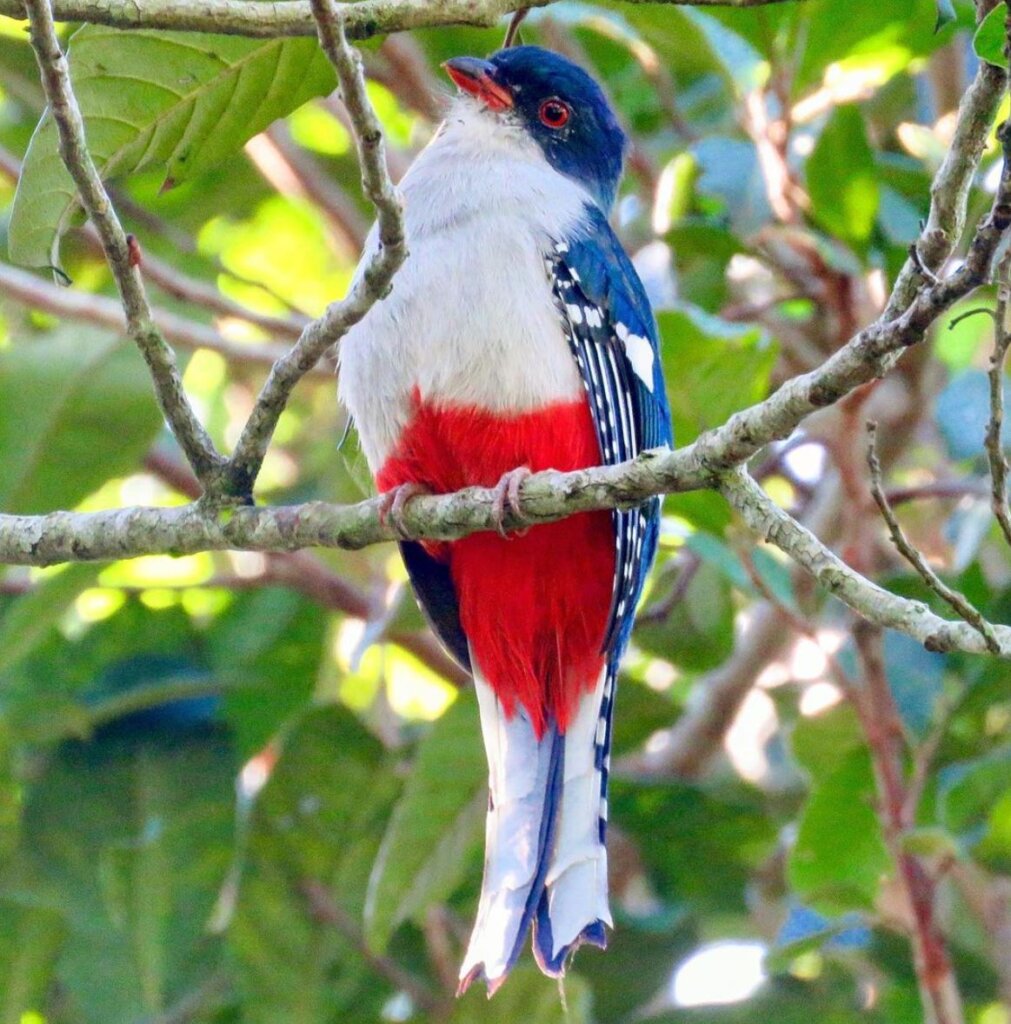
Due to a stable population and large range of this species, this bird does not reach the threshold of Vulnerable under the IUCN trend criteria.
